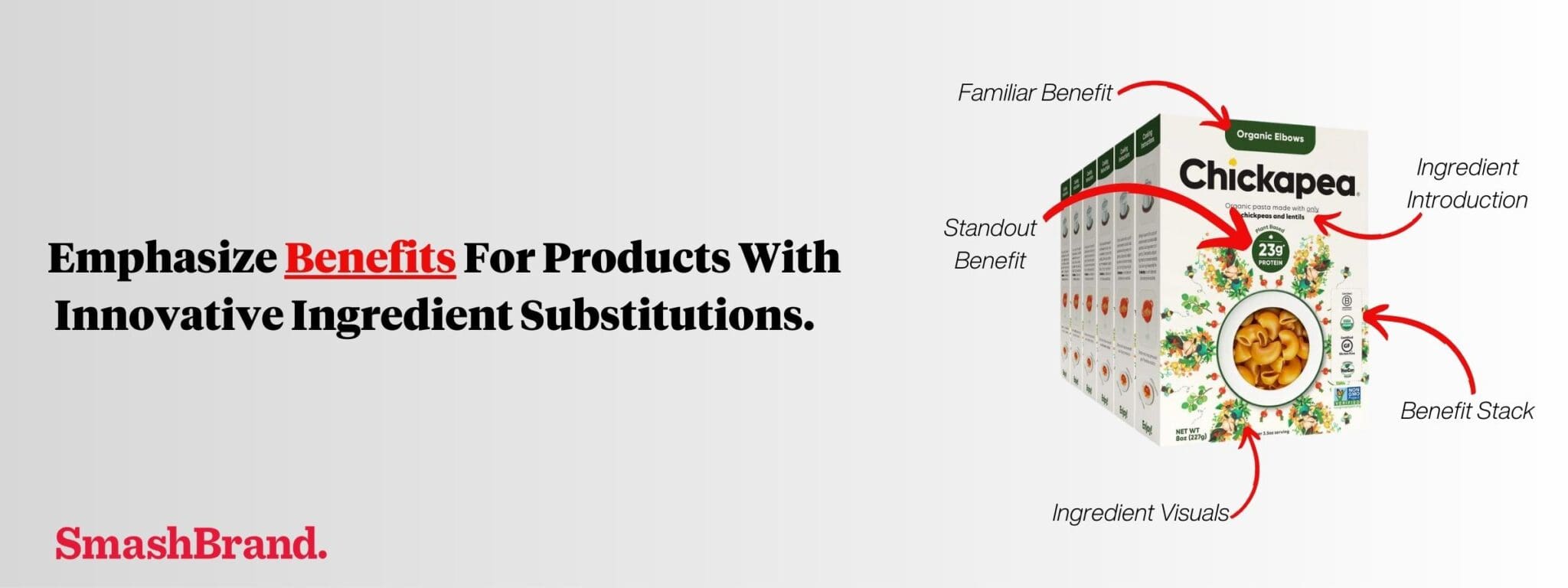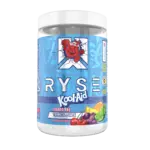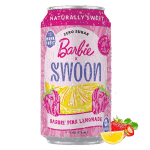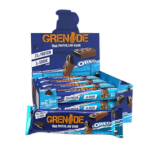In constantly evolving industries like CPG, keeping tabs on what is still working, where consumers are shifting, and how the market is changing can be tricky. But complexity doesn’t excuse a brand from staying on top of current CPG trends.
CPG industry trends can be a slow incremental change or seemingly happen at the drop of a dime. These trends are occasionally new, but since culture plays a significant role for trends in CPG, more often, they result from ideas that revolve around economic changes, revolving styles, and changing interests.
CPG Is On A Growth Trajectory
Market Watch reports that The global Consumer Packaged Goods (CPG) market size is projected to reach USD 2,382,260 million by 2030, from USD 1,938,120 million in 2020, at a CAGR of 3.0% during 2021-2030.
It’s a staggering statistic when you think about it. Consumers are going to be spending significantly more money on consumer goods. But CPG brands cannot rest on their heels, assuming the profits will roll on in, as an increase in CPG demand means increased competition.
So companies must stay on top of the latest CPG market trends to ensure they do not get outpaced by new category competitors who are more “in touch” with consumers. Now, let’s discuss the latest consumer trends in the CPG industry.
CPG Consumer Trends
Every business should understand the consumer, but this is especially true (and underappreciated) in CPG. The first step in understanding consumer packaged goods industry trends is to be fully aware of what’s happening with your customer.
Returning To Retail
While the pandemic escalated the number of consumers shopping online, the rubberband effect has occurred, with 94% of consumers returning to shopping in retail stores. The high percentage of people returning to retail shouldn’t surprise those in the CPG industry, as consumers have decades of habitual experiences in retail stores. So while you may read reports about CPG ecommerce trends shifting upward, consumers are spending (and will continue to spend) significantly more money in brick n mortar establishments and click-and-collect retailer pick-ups.
Investing In Private Label
While consumers still love supporting brand-name consumer packaged goods, private-label products are one of the biggest consumer goods industry trends. House brands owned 17% of the market in 2021; in 2022, house brands held 18.2%. Assuming the statistic does not decline in future years, given Market Watch’s predictions, by 2030, private-label products will account for over four hundred and thirty billion dollars in annual sales.
At the current pace, by 2030, private label brands could own over four hundred and thirty billion dollars of the CPG Market.
To compete, traditional CPG brands must focus on a specific target market they can own with their branding. By aligning with another one of the trends in the CPG industry (product personalization), they must create an experience for a dedicated consumer audience to counteract the ever-growing private-label trend.
Increasing Product Personalization
Personalized products do not require a brand to take the same approach as Coke with its “Share a Coke with…” campaign—personalization with a CPG product requires tailoring it to meet a specific consumer need.
To create a strategy around product personalization, your product must solve a problem and ensure your brand’s perception communicates this solution if the goal is to get consumers to act with their wallets.
Remember, solving a problem sometimes means speaking to the logical part of the brain. More often, brands should solve an “emotional” consumer problem, which may or may not include a logical solution.
Appealing To Logic |
Appealing To Emotions |
|
|
Pivoting To Sustainability
With Gen-Z consumers reaching middle age, they are making more conscious decisions with their money. In addition to more thoughtful purchase consideration, they have more income for making wise purchases. As such, their preference for sustainability is greater than ever before.
But it isn’t just Gen-Z; all demographics are willing to pay more for sustainable products. However, each category is different, and you should rely on more than industry data to make a category-specific decision. Companies need to perform consumer testing for their specific category to understand the impact sustainability will have on purchase intent.
While sustainable efforts are undoubtedly about more than money, supply chain issues can be an issue when shifting to more sustainable practices.
CPG Channel Trends
Successful CPG brands understand how to navigate consumer trends and are strategically adapting to channel trends. CPG companies not keeping a close eye on channel trends in the CPG industry permit competition to swipe market share right from under them.
Integrated Commerce
The most dominant form of “online sales” growth isn’t from standalone ecommerce channels. It comes from integrated commerce through Target, Walmart, and stores alike. Not only is integrated commerce becoming a consumer preference for full grocery, but it is also becoming an adoptable strategy for specialty stores.
So where in the past several years, brands needed an integrated commerce channel for big box and superstores, now CPG brands need a strategy for stores such as Petco, Michael’s, and BevMo.
The sales, marketing, and operational departments will need to adapt to in-app and online shopping, where in-store, drive-up, and shipping options are options for receiving the product.
Omnichannel Commerce
In the previous decade, the media assumed building brand loyalty through a direct-to-consumer model was the best approach. While the most effective means of communication to build brand loyalty is through DTC, the reality is that consumers are shopping on multiple websites and in numerous stores.
In the CPG space, purchase loyalty demands visibility across numerous touchpoints, thus taking an omnichannel approach. But to accomplish this, brands must optimize their supply chain and streamline their processes continuously.

Direct-to-consumer / digitally native is not the future. It’s very hard to build a profitable DTC brand online. I’m not a fan of the pure model for most FMCG brands. What’s the right model? Omnichannel — I consistently see this pay off when activated properly. Kevin Smith, Founder of SmashBrand
Social Commerce
Much noise was created during 2022 with the potential explosion of social commerce. While this trend has not moved as fast as some first thought, it is still coming. In-app social media shopping experiences are inevitable, and brands must address them in their future brand strategy.
Social commerce is not only a checkout trend but also one of the most critical CPG marketing trends to keep your eye on. Social media marketing will change significantly when consumers regularly purchase products in-app. Brands must review and amend everything from organic social posts to targeted ads to meet this new feature.
The good news is that social commerce will permit an increase in first-party data since everything from brand awareness to purchase intent will be trackable through the specific channel.
This raises the question; how will retailers like Target and Walmart respond to social commerce? Will they engage in in-app purchases, look to become a fulfillment partner, or find their means of creating social conversation?
Trends In CPG Brand Strategies
Companies are increasingly being creative with their CPG brand strategies. Perhaps this should be one of the consumer products industry trends, but in reality, it stems from the following.
Data-Driven Decisions
Brands are establishing more targeted CPG consumer insights than ever, resulting in better knowledge of how to speak to their audience. Instead of guessing what shoppers want, they send a clear message about “who” should buy their product. Brands are creating a data-driven formula of brand story + brand positioning + brand messaging to create category distinction.
The better analytics becomes (and it’s moving extremely fast), the greater a brand can speak to and meet consumer preferences. Unless AI and machine learning are banned, this trend will never fade.
Ingredient Novelty
One way brands are trying to stand out is through ingredient innovations. Innovative ingredients are less about working with a chemist to create a new amino acid structure and more about introducing a unique ingredient to a category. Unfortunately, the innovation trend lacks brand testing to determine the right strategy.
This trend is due to the improved ingredient masking flavoring systems that CPG manufacturers can access. While this trend is worthwhile, emphasizing ingredient novelty in a CPG packaging design is not the best move. Instead, focus on product benefits as your main purchase drivers.

Co-Branding
There has been an explosion of CPG companies working collaboratively for co-branding purposes. And it’s working.
CPG marketers and branding teams are working to drive consumer demand through social media for creative collaborations.
 | When you think of a pre-workout powder, you think overly sweet, perfect for this Kool-Aid brand collaboration. Who’s thirsty? |
 | Co-Branding movies with CPG products aren’t as simple as in the old days, but here’s a perfect play for both brands. |
 | Grenade’s hardcore branding doesn’t perfectly align with the Oreo name, but there is synergy regarding the consumer demographic. |
Influencer Marketing
You might assume that given the decade of being a CPG trend, influencer marketing would flat line, but that doesn’t seem to be happening any time soon. What has changed with CPG influencer marketing is the depth of partnerships between the influencer and the brand. Instead of being paid for a single social media post or short-term campaign, influencers become founders, partners, and equity holders.
Influencer marketing remains one of the best ways to change consumer behavior. A brand can swoop in and steal consumers from brands with or without loyalty through the right influencer partner and data-driven ad spend.
Snack Culture
The snack category has exploded in the number of products available. The reason for such an explosion speaks to other consumer packaged goods trends, including product personalization. Single-serving consumer goods are the perfect opportunity to try a brand that offers a more personalized product. Brands who believe they hold distinct positioning can look to provide a snack-size version as a test for how strong their market penetration is, then upsize their offerings from this point forward.
Data-Driven Brand Development For CPG Brands
SmashBrand is a brand development agency for FMCG and CPG companies. From brand strategy to packaging design testing, our Path To Performance™ process guarantees a retail performance lift. Book a time to discuss your project with our team.
Subscribe to
Nice Package.
A monthly newsletter that unpacks a critical topic in the FMCG & CPG industry.
Free Resource.

CPG product repositioning guide.
Explore the five undeniable signs your CPG product needs repositioning along with strategies for leveraging consumer insights for a guaranteed market lift.
Learn More About CPG product repositioning guide.